100-Year Anniversary NRB
To be able to save yourself and others at sea, you need to be a good swimmer. This was also the opinion of the founders of the Noordwijk Rescue Brigade (NRB), who decided shortly after its establishment on March 9, 1921, to organize swimming lessons for and by members. Swimming lessons are still an important pillar of the Rescue Brigade. That swimming is also a lot of fun is explained by experienced swimming instructors Clarie Turk, Wilma Klinkenberg and Ellen van Duin.
How swimming begins
For swimming instruction with the NRB, a number of members take instructor training with the Hague Voluntary Rescue Brigade shortly after its establishment. Due to the season, it is not yet possible to practice in the sea. That's why it starts with 'dry swimming', lying on wooden benches in the green shed of hotel Seinpost. After these workouts avant la lettre, as soon as the weather permits, the swimming lessons continue in the 'Zanderij' in Noordwijkerhout. In 1922 the first exam follows. The dress code is clear, both rescuer and drowning person must wear their normal clothes as much as possible. For the ladies this means including a corset and underskirt and for the men a vest. In the years that follow instruction takes place at various locations, including The Hague (Regentes), Oegstgeest (Poelgeest) and the 'Overdekte' in Leiden. That it is sometimes a struggle is shown by the story that in the open air swimming pool in Sassenheim the diving bell sometimes gets lost in the swampy ground. Fortunately, the manikin would surface on its own after some time.
From ice-cold wave pool to heated pool
After the war, swimming lessons were given in the 'Golfbad' in the Noordduinen. This outdoor pool had been constructed by the German occupiers during the war. The bunkers were changed into changing rooms and a refreshment system was installed. Clarie: "There was a lot of enthusiasm for these swimming lessons, also from non-members from Noordwijk, despite the fact that the water was very cold and the showers one had to go under first were even colder if possible." Clarie joined the NRB around age 13 through her great aunt Riet Raaphorst who instructed there. "From the age of 13 you were allowed to take swimming lessons. I liked it very much from the start. I got all the diplomas, including those for open water and instructor. It was sometimes pretty tough, but that didn't spoil the fun. I got my first swimming lessons with the other members of the Brigade at the swimming pool in Wassenaar. We all went there together in a specially hired brigade bus from Noordwijk, which was very pleasant."
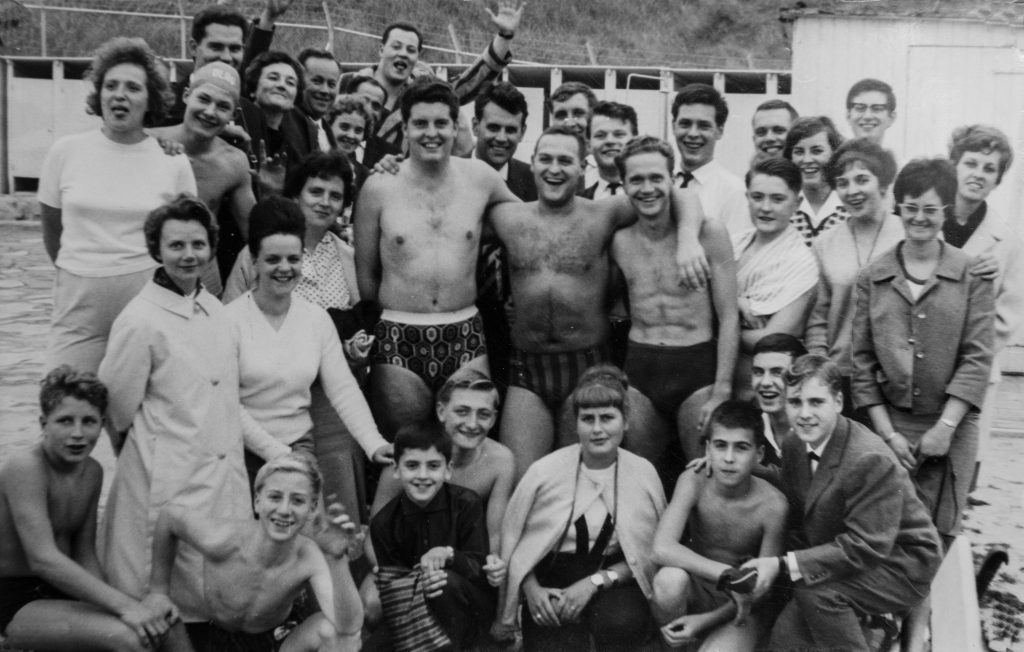
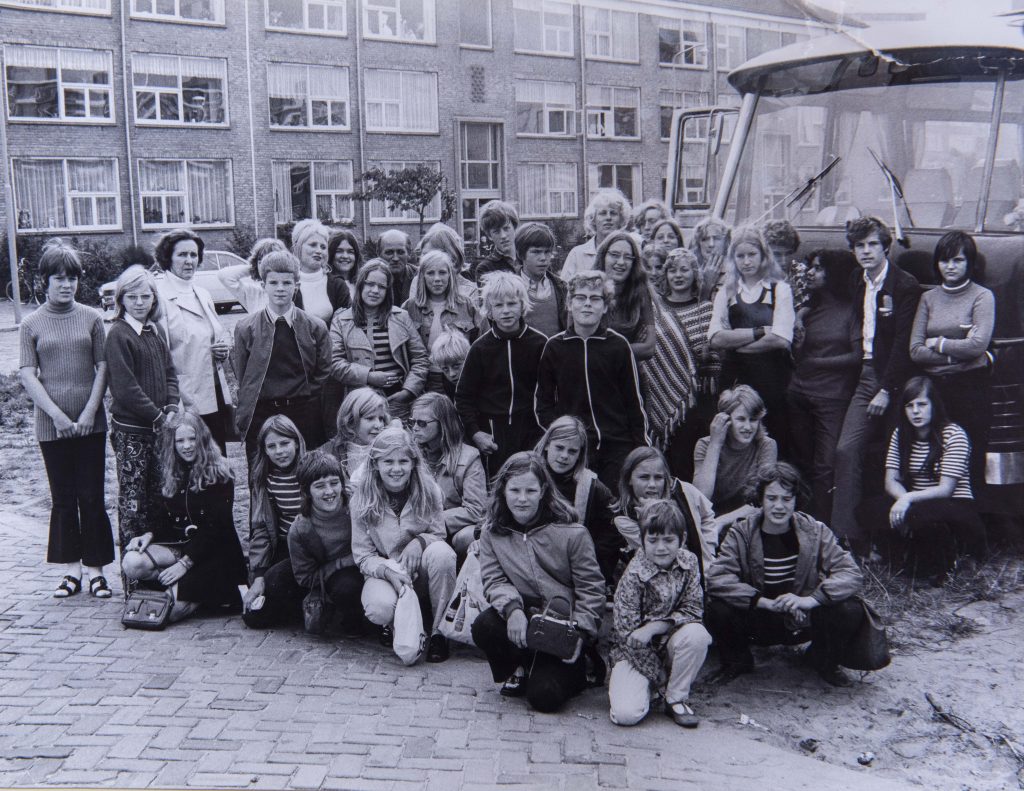
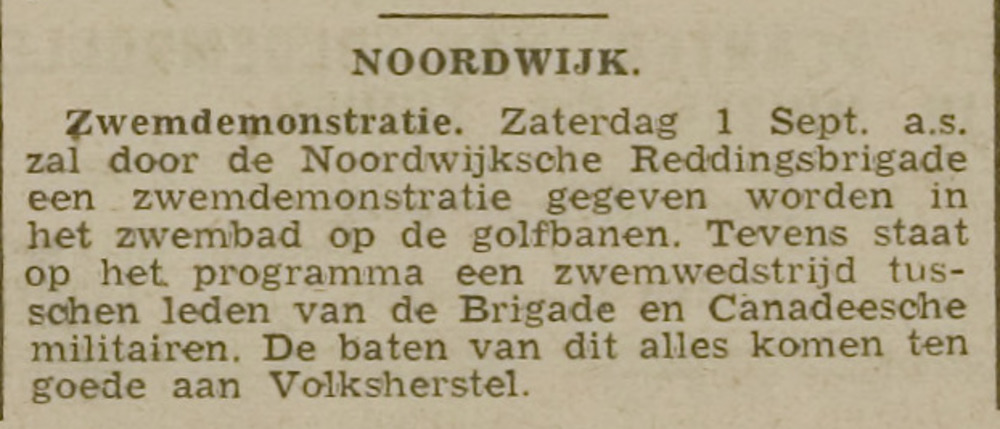
Nieuwe Leidsche Courant | August 29, 1945
Source: Historical newspapers Leiden and environs.
Teaching and lifeguarding
Like most swimmers, Clarie also went to the beach to attend lifeguard training. For over 40 years, she has been a lifeguard, sailed and whatever else is involved. "Patrolling we initially did with the rowboat. We first towed the boat to the waterline. That was a job in itself. Once in the water, you had to speed up immediately and row all at once to get through the surf. Sometimes that was quite exciting and we sometimes capsized. Then it was a matter of turning the boat around and swimming with it to shore to discharge the water and take to the sea again." Clarie's heart is still in swimming, although she is now only active occasionally.
“With the instructors and all the volunteers involved, we have a very nice team. We share the passion to teach children to swim well. We do that together.“
Wilma Klinkenberg can attest to that. "In a pleasant atmosphere with a large number of enthusiastic instructors, we enjoy teaching small and large." At the time, Wilma followed her brothers to the lifeguard brigade. From the age of 16 she works as a youth instructor at the swimming pool in Wassenaar. Meanwhile, she also became a lifeguard. "It's fun to spend the summer at the beach and be active at the same time. I love being in and near the water, and I also particularly enjoy teaching people." She attends all available instructor training and refresher courses and has been head of Swimming for the NRB for a number of years.
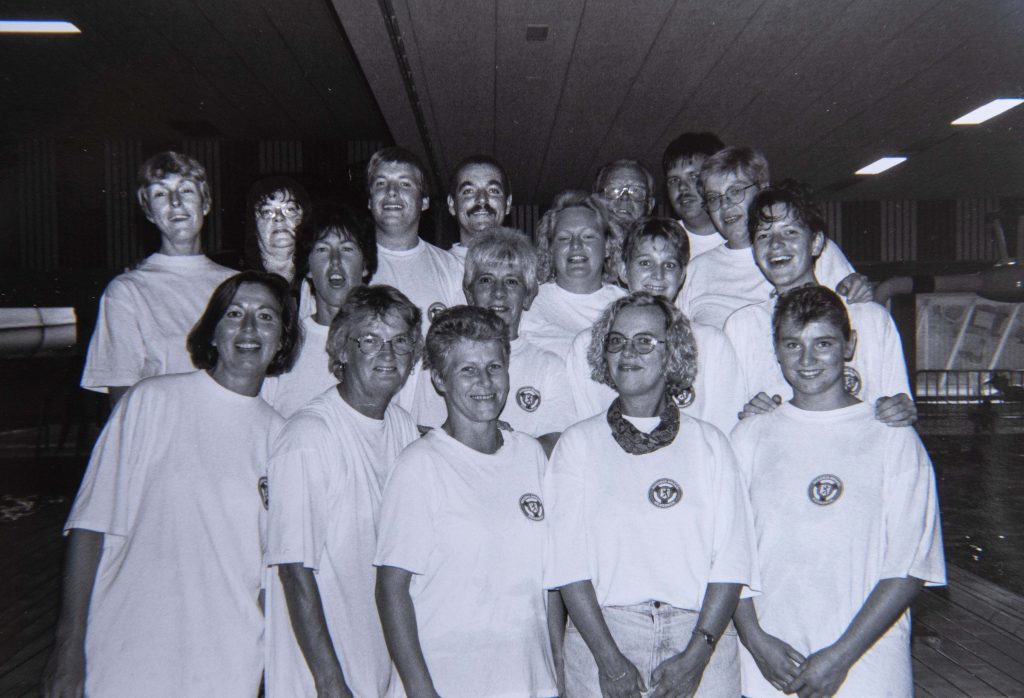
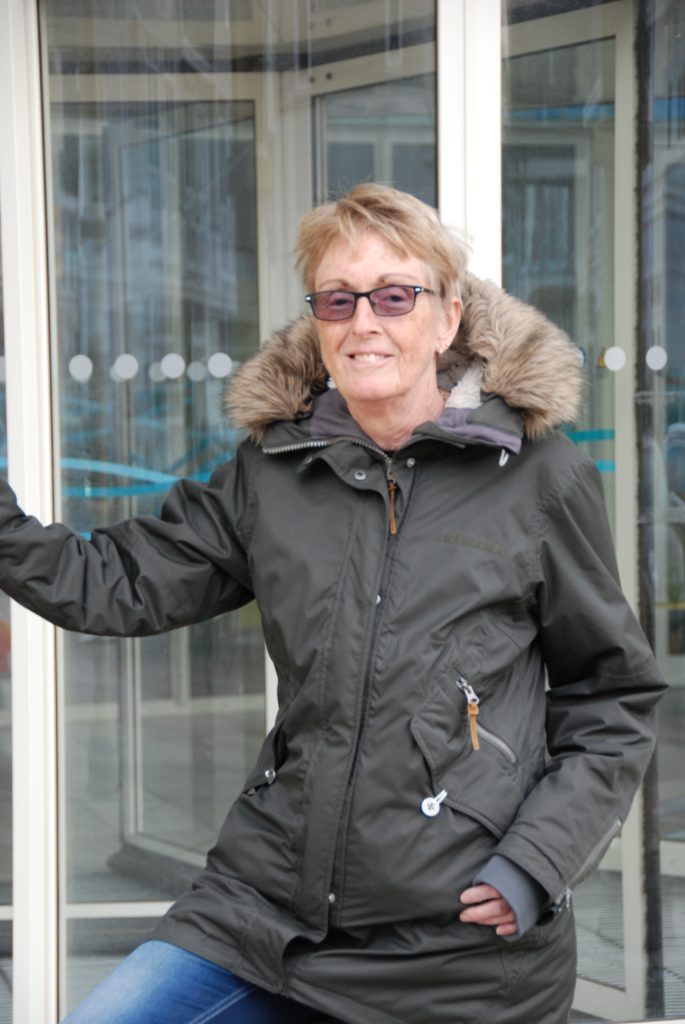
Gain confidence in swimming
"With the little ones, it's first about learning confidence to go into the water", explains Wilma. "We are then in the pool ourselves to help them. The bigger kids need different guidance again. We give children attention in a calm, positive way. One child needs more attention than the other. The current Zwem-ABC is in itself a good basis. It is important, however, that children continue to swim after obtaining their diplomas, so that they can maintain their skills. Children who follow the lessons in Lifeguarding and Lifesaver after the Swimming Proficiency Certificate also need to keep working on their stamina. Not only do you have to be able to save others, but also yourself when it comes to the crunch. We go for quality in our swimming education. We get good feedback on that from parents. They say that if their child has obtained a swimming certificate from the NRB they know for sure that they can also swim well."
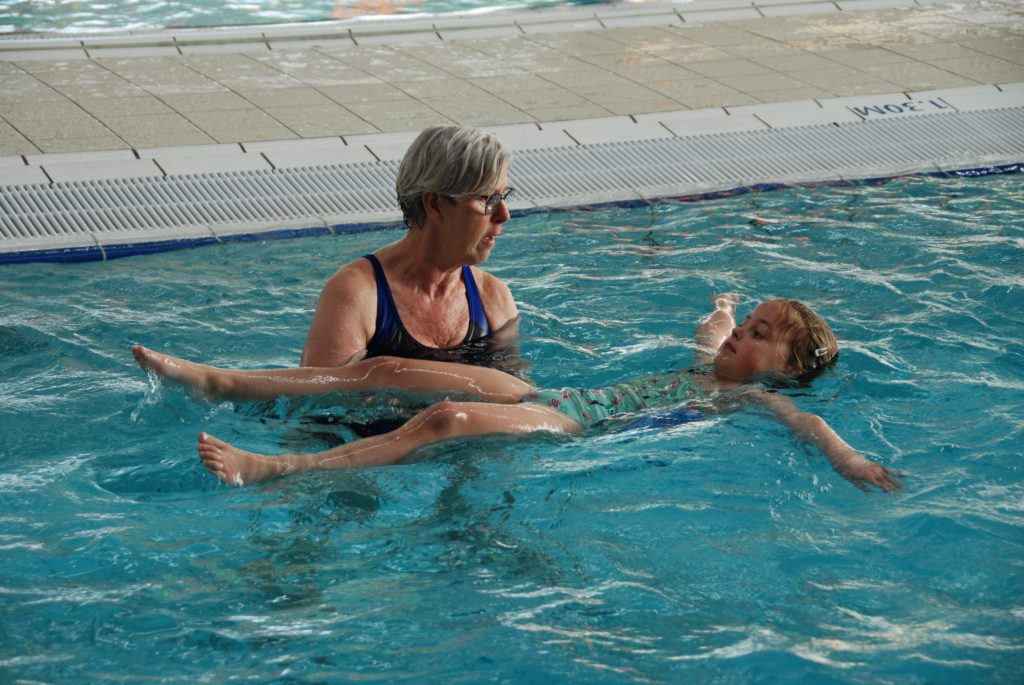
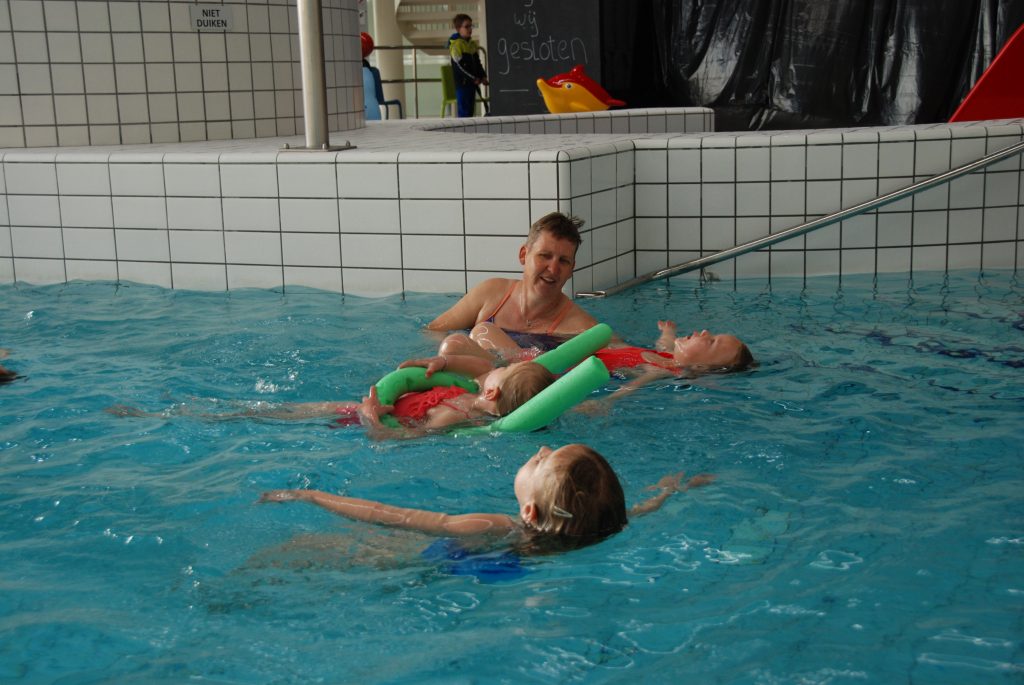
Everyone should be able to swim
Ellen van Duin, current Head of Swimming at the NRB, has made her hobby her profession. Not only as a volunteer, but also professionally she is a swimming instructor. Her parents put her on swimming lessons at the lifeguard in the Bollenbad (the predecessor of BinnenZee) when she was 12. "I don't come from a brigade family, but with my family I became one!" She met her husband Leon while on lifeguard duty. Their children Marit and Dylan are now lifeguards as well. The NRB gives her swimming lessons on Tuesday evenings. First the Swimming ABC for the youngest children and then the advanced swimming rescue and Lifesaver courses for the youth and for those who are even more interested. Ellen explains her passion for teaching: "The great thing about teaching swimming is that no two moments are the same. It is always a wonderful challenge to teach all students to swim and to ensure that they also obtain their diplomas. Whether they have aptitude or not, whether they have guts or are fearful. The basic principle at the NRB is that everyone should be able to swim. We go for quality and take our time. We also make it possible for people who have less capacity to take swimming lessons from the age of 5."
"Everyone should be able to swim. We take the time for quality.“
From pool to sea
"We think it's important that you not only learn to swim in the pool, but also in the sea. Therefore, the last two swimming lessons of the year students are taught by the sea. The parents also go along. We teach them about the risks that can occur and how to deal with them. They also experience what it's like to swim in the sea." Ellen then tells about the popular Muizwemmen courses that the NRB organizes by the sea in the summer. This course is for children aged 7/8 of elementary school, and their parents, and lasts about 3 hours. "First the children get theory lessons on the beach. Then, under the guidance of lifeguards, they go into the sea with their parents to experience what currents can do to you."
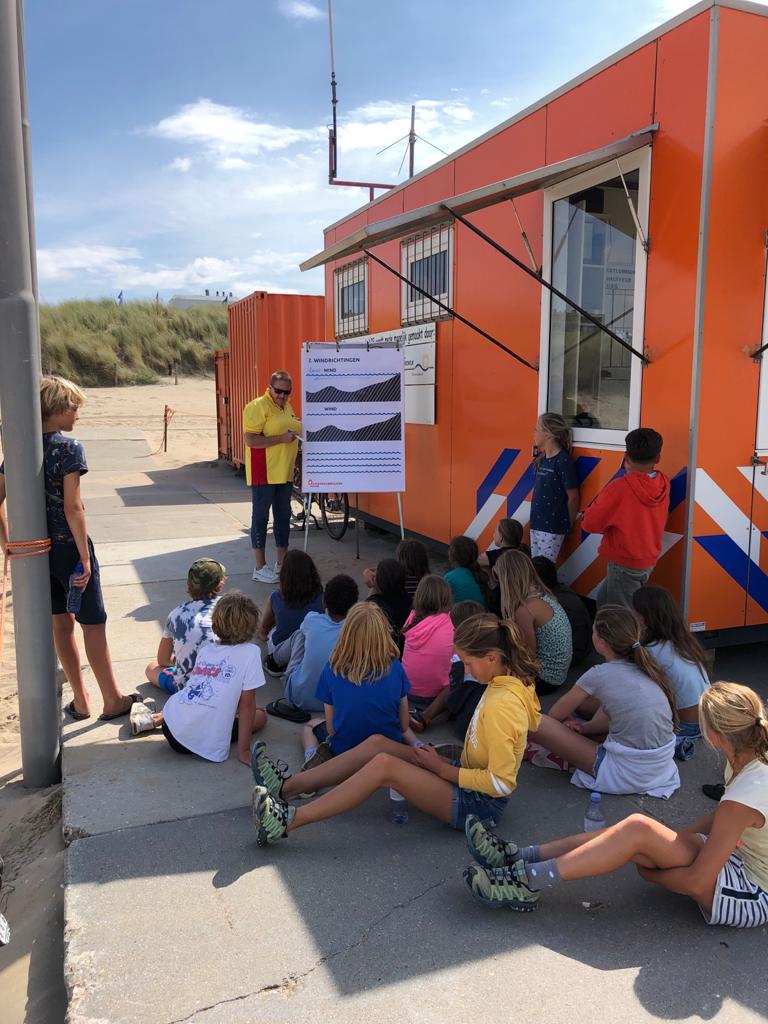
Young Rescuers
Ellen: "Of course, we love it when students from our swimming lessons move on to training at the beach. If you want to become a lifeguard you have to be able to swim well as well as be strong or tall enough to help someone out of the sea." Therefore, the minimum age to become a lifeguard is 16. Many swimmers are still just too young. For them, the NRB is starting this season with a training course called 'Young Lifeguards', intended for young people between 12 and 15 years of age, in possession of a swimming ABC and, or diploma Swimming Rescue. In addition to lessons about the coast, dangers, the tides and beach supervision, you learn how to rescue a drowning person from the sea, how to transport them and how to bring them to safety. Furthermore, the students accompany the lifeguards at the rescue post during a so-called beach day.
"It starts with swimming and that's how you become a lifeguard, a boater, a driver and a post commander," says Wilma. "The variety makes the work of the lifeguard attractive" And, Clarie emphasizes again: "You're committed to the safety of bathers and swimmers, but in the meantime it's just really fun together."
